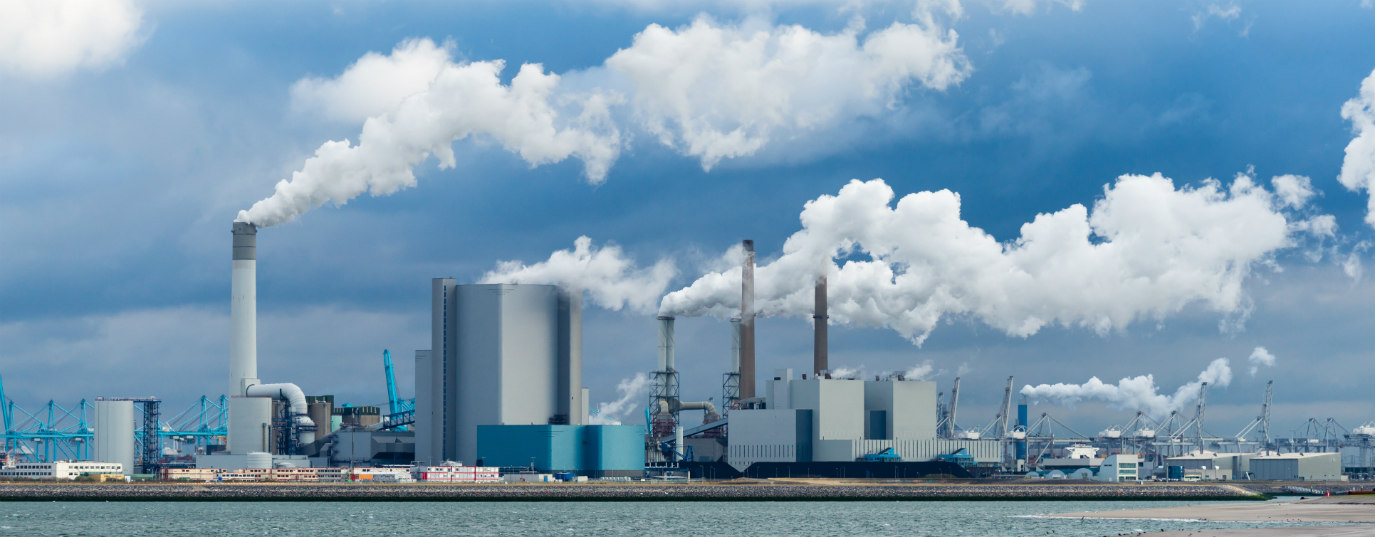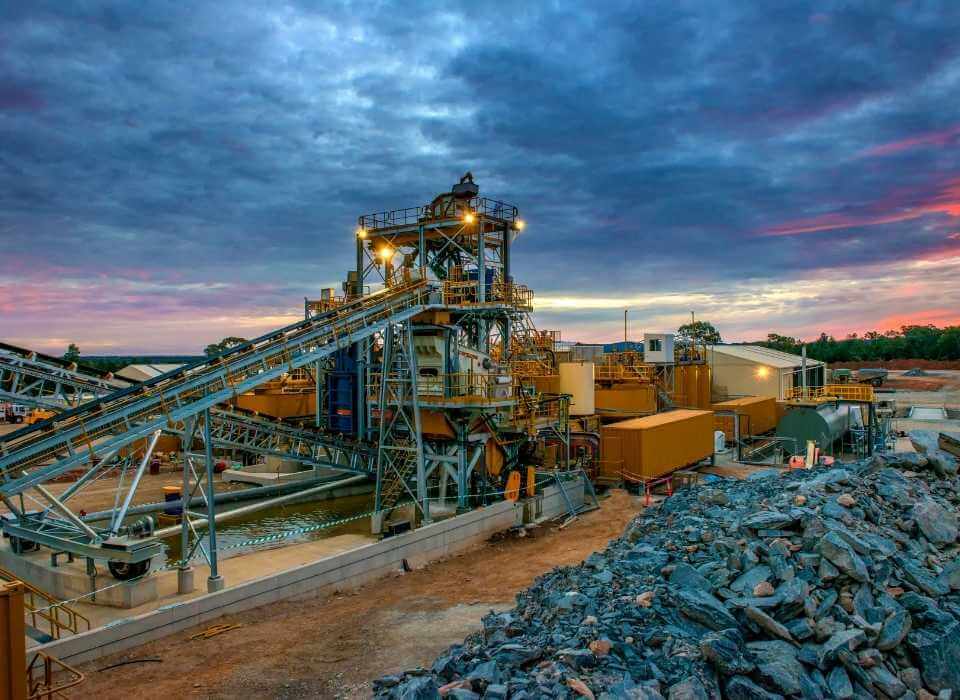Plant Life Preservation
Mass Food
Production
Alternative Energy at no cost
Wildlife Conservatory
Clean Water Distribution
Mandatory Education Act
Our Initiatives aims to save critically endangered wildlife from loss & poaching.
Our mission is to secure a different future for wildlife through psycho-therapy and spiritual care to evolve their ecological integrity to promote their delight in using intelligence with the diversity of their world developed to maintain a tolerant relationship between each other.

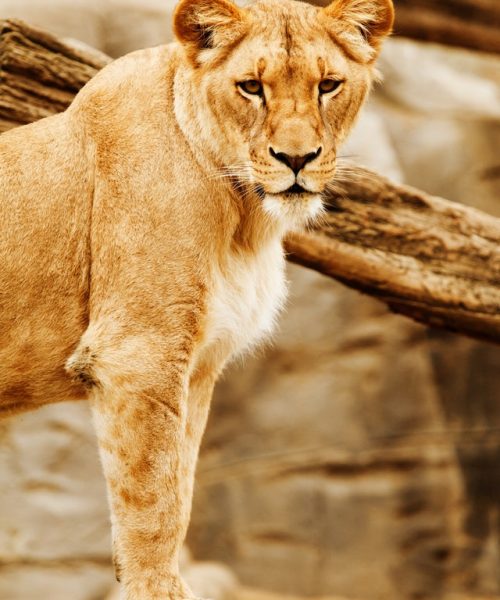
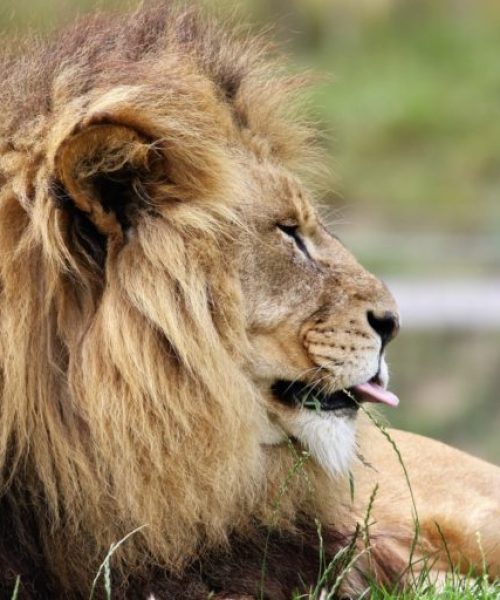
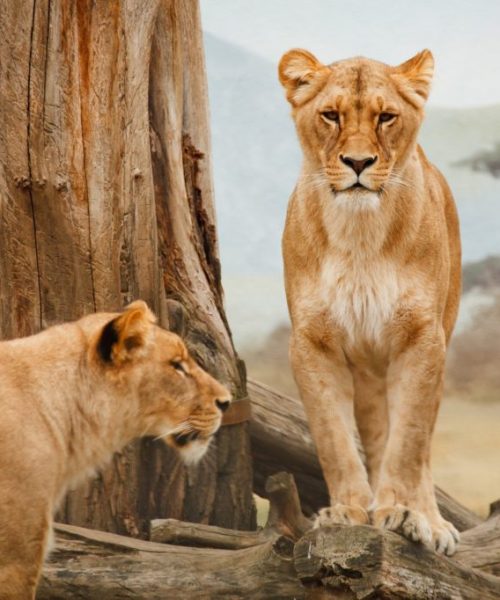
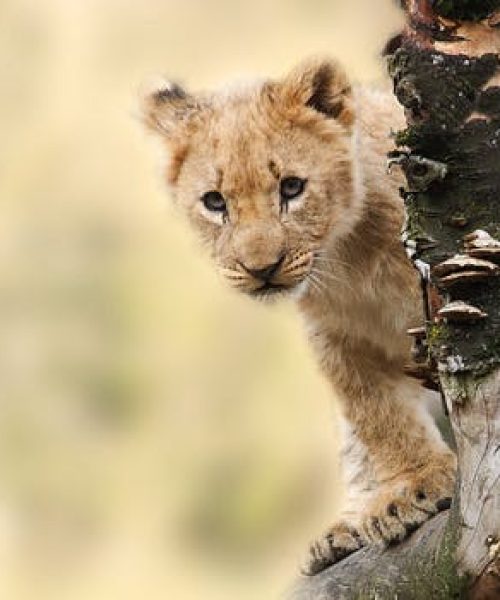
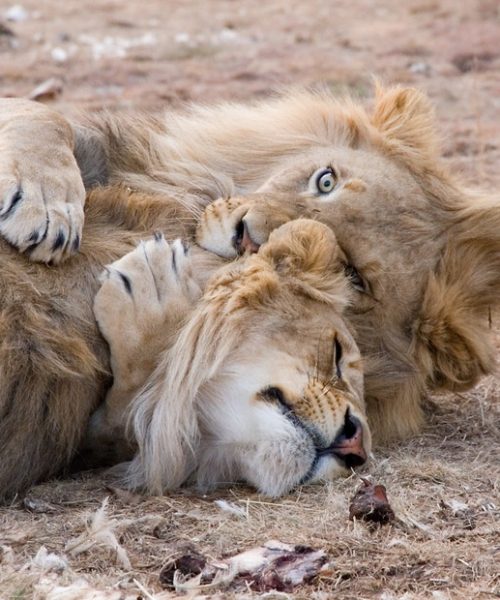
3000 Acres e-Farming
3 Years
First Stage
2023
10,000 Acres
Wildlife
7 Years
Second Stage
2030
30,000 Acres
Plant Care
18 Years
Third Stage
2040
3,000,000 Acres
Wildlife
40 Years
Final Stage
2060
What's happening
The ardent inclination of mankind to kill each other has birthed this raging wrath from the Earth.
WHAT IS HAPPENING IS NOT GLOBAL WARMING BUT “GLOBAL WARNING”!
When mankind learns to honor the EARTH and Life in whole, Paradise begins. Shall we proceed please?
GLOBAL Social EFFORT
iMMEDIATE ABOLUSION OF DUMPING WASTE IN THE SEA OR ANY BODY OF WATER
The zone in the northeastern Pacific is one of the most polluted areas in our seas. It consists of millions of pieces of garbage, often tiny in size, which have been pushed together over time due to ocean currents.
Bright suggestion, how about the desert, burying deep in high quantity overtime will decompose the very nature of the soil.
GLOBAL Climate CONDITIONING
iMMEDIATE SHUT DOWN OF CO2 EMITTING COMPANIES
The Paris Agreement’s goal of keeping global warming at or below 1.5 degrees Celsius for the century is only possible if global emissions drop 45% by 2030 and we attain true net zero by 2050. Net zero by 2050 means the world has completely changed how it produces, consumes, and moves about in a way that produces zero greenhouse gas (GHG) emissions.
Fossil Fuel Usage accounts for a whopping 75% of the GHG emissions today, making it a focal point to avoiding some of the most significant impacts of climate change. The goal is to eliminate fossil-fuel power and replace it with renewable energy, such as solar or wind.
gLOBAL Community Outreach
iMMEDIATE SHUT DOWN TO ALL MINING AND DRILLING OPERATIONS
Mining can have numerous, primarily negative, impacts on the surrounding environment, ranging from the exacerbation of climate change to the reduction of global and regional levels of biodiversity.
The construction of mines often requires a large area of land, and these areas are often the location of previously undisturbed natural habitats. This results in the removal of large areas of habitat (usually forest) to build the mine, followed by other negative impacts from the presence of many people moving to, living, and working around the mine.
These other negative impacts include poaching of wildlife, overfishing of rivers/wetlands, and increases in the level of human-wildlife conflict, particularly in areas where large predatory species (e.g., big cats and crocodilians) are found.
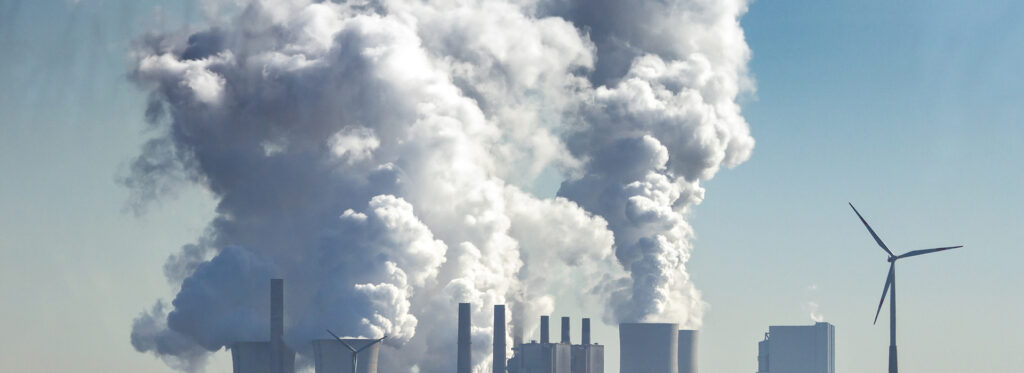
Your Future Starts Here.
We have this invisible confidence that the Earth shall never surrender herself to endless servitude and shame!
I implore thee oh mankind to abate from thine evil ways.
what is your opinion?
What will it cost you to do nothing?
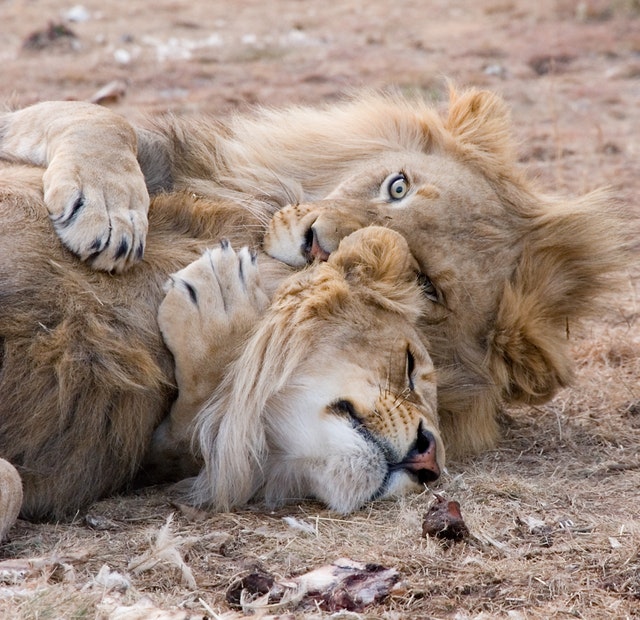
Current Projects _ Wild with Sense
Why Lions Are Important
When a man finds a lion, he has found a good thing. How many of mankind can stand lions or elephants? There is room to evolve. These lions teach the mankind despite silent.
Current Projects - Negotiating Peace between Mankind and Beasts
Why Elephants Are Important
Other than their majesty, intelligence and right to survival, Elephants are Africa’s gardeners and landscape engineers, planting seeds and creating critical habitat wherever they roam.
Agency of the Shadows
During 2011 alone, roughly one of every twelve African elephants was killed by a poacher.
- Nearly two rangers a week are killed protecting the wildlife.
- Illegal wildlife trafficking is a business worth $5–$23 billion a year.
- 100 million sharks are killed every year throughout the world.
- In Africa, poachers kill thousands of endangered animals every day.
- Rhinos are poached at a rate of one per 12 hours.
- Rhino poaching is likely to increase by 356% by 2030.
- Every year, 35,000 elephants in Botswana are slaughtered.
- On average, poachers kill 96 African elephants every day.
- Only 13 countries in the world have populations of wild tigers.
- Over 30,000 green sea turtles are poached every year in Baja, California.
Our Initiatives save critically endangered wildlife from habitat loss & poaching.

Support Project
Data shows there are only 1,000 mountain gorillas and 2,000 zebras left. What’s more, lion poaching facts reveal that 43% of the lion population has disappeared in the last 21 years. While a staggering 97.6% of the black rhino population has vanished since 1960. Poaching statistics in Africa also show that elephants might have it the worst, as around 35,000 are killed annually. Most of these species will likely go extinct within most of our lifetimes.

Just recently, around 29,000 rhinos were left in the entire world but now according to the latest research and data, The Whole World is now left with 27,431 Rhinos and dwindling each day. -
Kathy A. Miller,
Asst. Outreach Manager
World Animal Foundation
For your reference and to verify the new statistics, please visit:
https://worldanimalfoundation.org/advocate/poaching-statistics/
(Save the Rhinos)
The rhino is one of the most famous animals globally. Still, you’ll probably be surprised to learn that these are their population numbers for the entire globe.
The most numerous is the white rhino species, with around 18,000 of them alive. The most critically endangered rhino species are the Javan rhino (only 74 left) and the Sumatran rhino (less than 80 of them are alive today).
Our Initiatives save critically endangered wildlife from habitat loss & poaching.
Our mission is to secure a future for elephants and to sustain the beauty and ecological integrity of the places they live; to promote man’s delight in their intelligence and the diversity of their world, and to develop a tolerant relationship between the two species.







